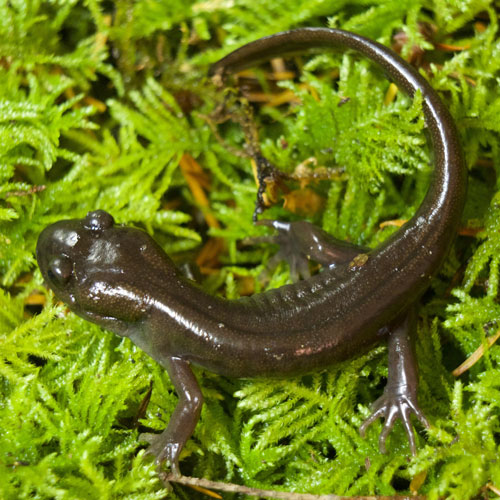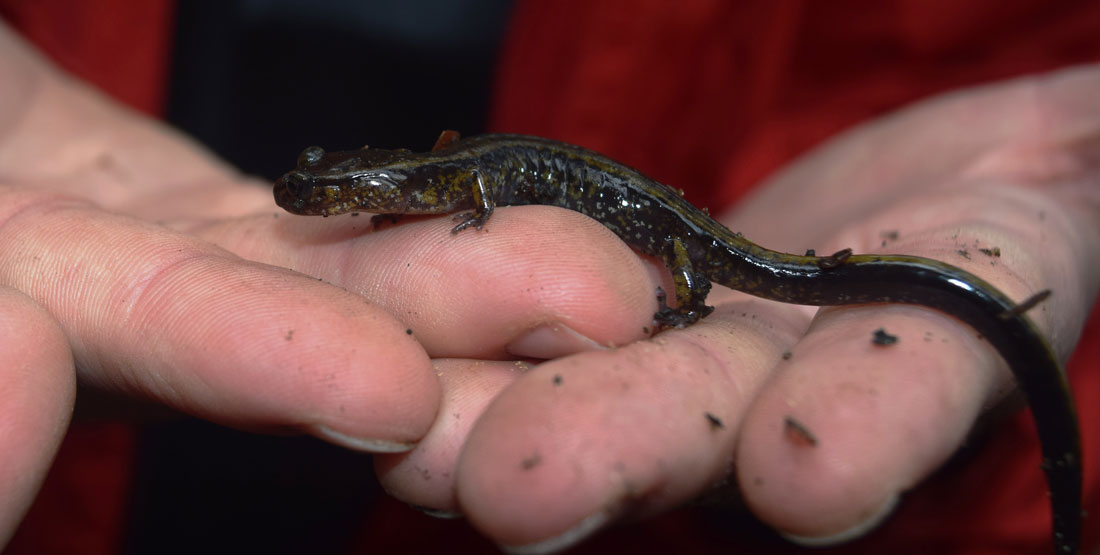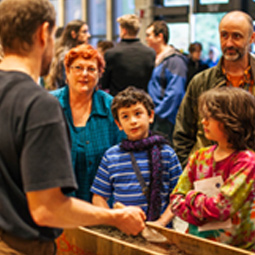Fast Facts
Where they live
- View a map of where they live.
- They are found in Southwestern region of Washington state.
- Dunn's Salamanders are most often found under rocks in wet shaded areas on the edges of streams in forests.
Breeding
- Breeding season is spring and early summer.
- Eggs are laid in underground lairs and protected by the females.
- There is no larval stage, the eggs hatch into tiny fully formed salamanders.
- Young Dunn’s usually have brighter markings than adults and the stripe on their back may reach the end of the tail.
Cool Biology Facts
- Male has two small lobes near its vent and a large mental gland on their chin that is used during courtship for the release of chemical cues.
- Do not have lungs and breathe only through their skin.
- Larvae do not have gills and are exclusively terrestrial.
- When disturbed they will either rapidly scurry away or sometimes will become completely motionless to avoid being seen.
Threats
- Main threats include logging and changes to its habitat that affect moisture levels. View their status on the IUCN Red List of Threatened Species.

Amphibians & Reptiles of Washington
Do you know where rattlesnakes live in our state? Or which salamander breathes through its skin? Explore the fascinating diversity of the 26 species of amphibians and 28 reptiles found in Washington state.

